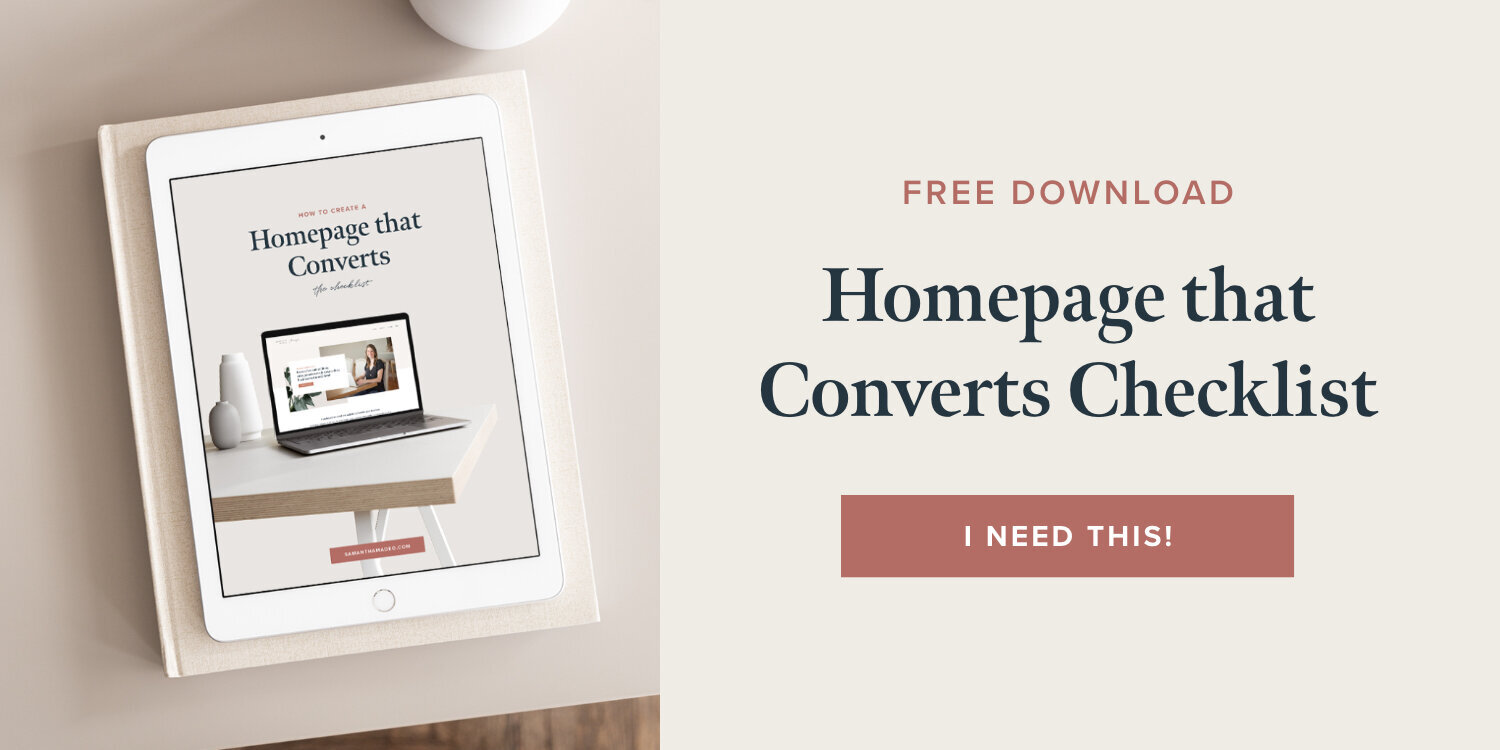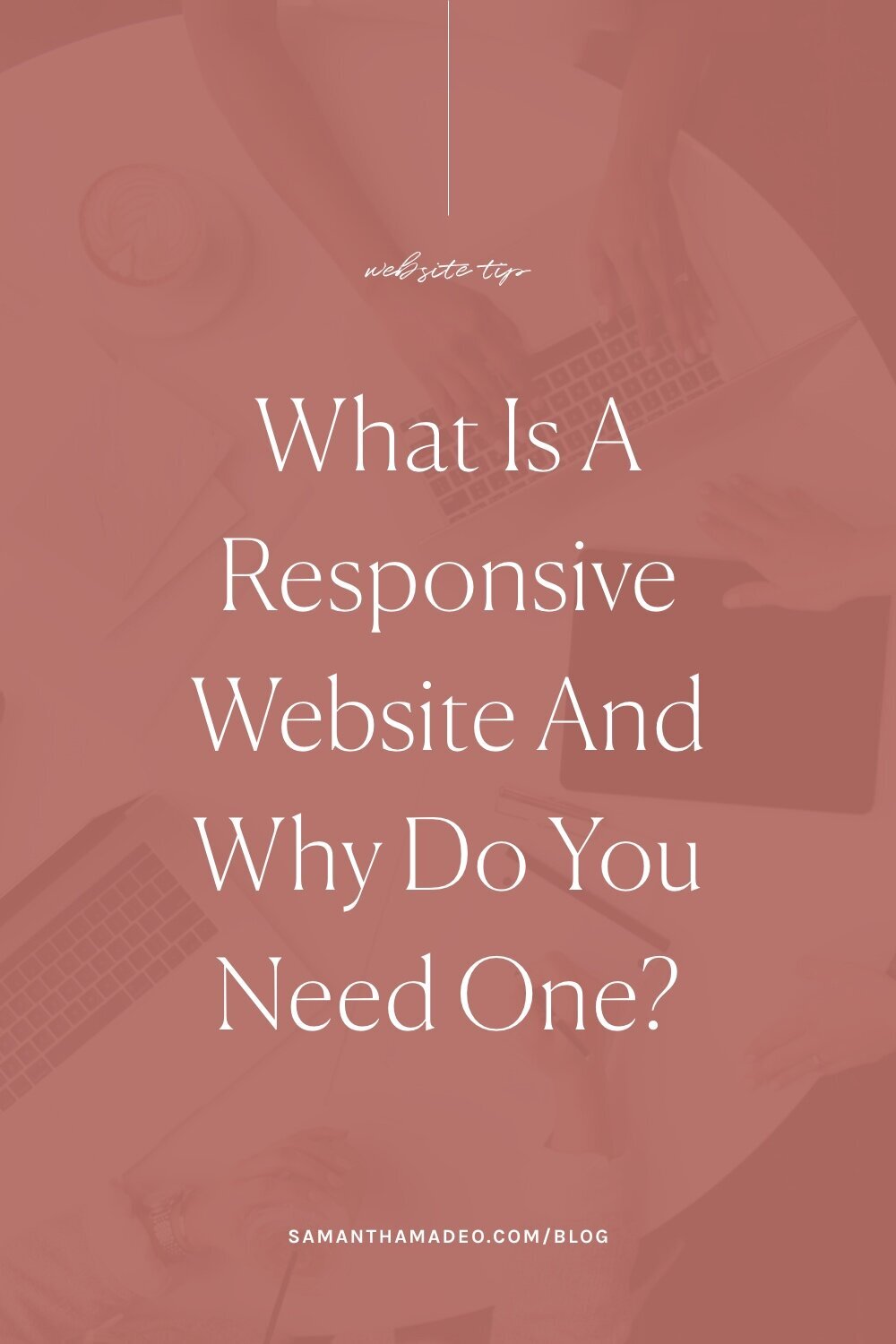What is a responsive website and why do you need one?
A responsive website means that your website is mobile and tablet-friendly. The content resizes and rearranges depending on the screen size it's being displayed on (see example above).
You’ve likely experienced a website that is not responsive before. When you look at it on your phone, you’re looking at a super tiny version of the website you have to zoom in and out to navigate around. You probably got frustrated and just closed it.
Here are a few stats that prove a responsive website is non-negotiable:
1. Around 50% of web browsing is done via mobile
This number isn’t likely going down anytime soon. With so much browsing happening via mobile, it’s even more crucial to make sure your potential clients can access and easily use your website from their device. This means finding information, scheduling an appointment, filling out forms, etc., should all be easily done from someone’s iPhone. (source: Statista.com)
2. 88% of mobile users say a seamless experience across all devices is very important
That means someone should be able to find your website from their phone and then easily pick up where they left off later on their laptop. If the mobile experience is difficult or confusing, it’s unlikely someone will even bother coming back to visit the site on another device.
3. Nearly 8 in 10 consumers will stop engaging with content that doesn’t display well on their device
This one isn’t surprising. I can think of multiple times I’ve closed an app or website because it was clunky or just didn’t function well on my phone. With so many businesses and websites that are responsive, we don’t have time to waste on a site that is not. It’s an expectation that websites are easy to navigate and use on mobile devices. If yours isn’t it could be hurting your credibility. (source: Adobe)
Is your website responsive?
Visit your website from your phone. If you were a potential client, would you find it frustrating or difficult to navigate? Is it easy to book an appointment, learn more about your services, or sign up for your email list? Be honest and think about where your digital experience could be improved. It might be as simple as increasing the text size or maybe you need to make bigger adjustments.
Either way, taking some time to look at your website through the eyes of your potential clients never hurts!
Building a DIY website and don’t know where to start?
Get started with my Homepage that Converts Checklist. In this free guide, I go into detail about what exactly should be on your homepage so that it’s set up to convert. Be sure to grab it at the link below!













